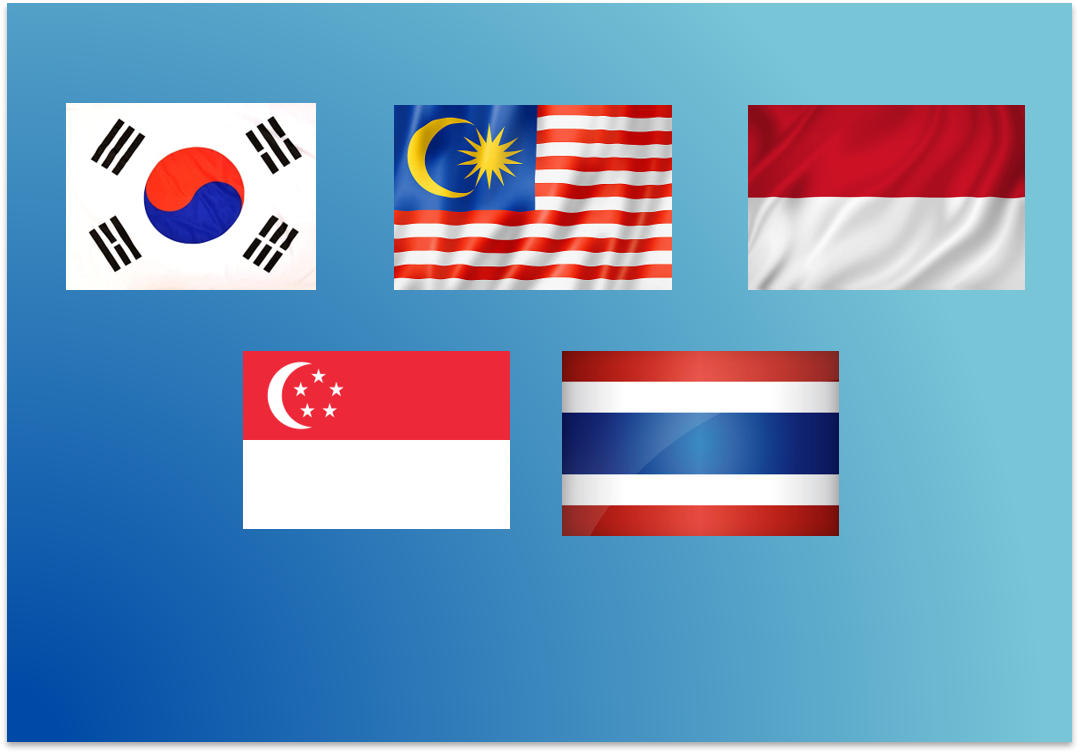Country-by-Country: Asia’s Regulations on Medical Packaging
Asia is emerging as one of the fastest-growing regional markets in the East.
A number of dynamics are driving growth, including expansive government expenditure, increasing healthcare needs of aging populations, and greater accessibility to healthcare overall. As Asia opens these new dimensions, it is bringing economies, commerce, marketing and social issues such as healthcare, to the fore. The double-digit growth has highlighted the need for more standardized, precise medical device regulations, which have varied widely across APAC countries, until now.

Below is a country-by-country summary of the regulations in Asia (excluding China). For more information on China, check out our 3-part series: The Next Decade of Medical Packaging Belongs to China.
Regulations in Asia
South Korea
South Korea’s Ministry of Food and Drug Safety (MFDS) continues to bolster regulations on medical devices, particularly those produced abroad. Since January of this year, medical devices produced outside Korea’s borders must comply with new regulations. Updated packaging and labelling requirements mandate that expiration dates, daily dosing instructions, and language indicating whether a device is intended solely for conducting research be displayed.
New regulations also increase the number and class of medical devices subject to regulation. In addition, previously permanent medical device registrations will now require renewals every five years.
For scarce and urgently needed devices, rules now call for manufacturers to submit documentation proving sufficient demand for the devices. The reporting must also specifically reference particular patient populations or healthcare institutions.
Malaysia
On July 1, 2020 Malaysia enacted a new law requiring that medical device manufacturers get pre-approval of device advertisements through the government’s Medical Device Authority (MDA). This law also requires medical device manufacturers to report any adverse events related to their device, when marketing their product.
Malaysian health regulators are also boosting restrictions on in vitro diagnostics on blood, tissue and other samples. Under draft regulations the MDA released in the spring, IVD tests will be separated into four categories based on risk. The MDA is also drafting guidance to classify medical devices into five categories, depending on how they are packaged and sold.
Indonesia
Indonesia’s Ministry of Health is similarly fortifying its safety regimen for medical devices. Under new regulations, devices will be subject to sampling and testing in distribution and health facilities. Requirements will now include reviews of advertising and labeling and regular audits of technical and clinical information offered to patients/consumers. The moves follow the 2019 launch of a digital signature system to modernize how medical device marketing authorization licenses are obtained.
Singapore
Singapore has been particularly active in strengthening its already strict requirements on medical device safety. This year, it went even further. New regulations published by the country’s Health Sciences Authority (HSA) require that medical device manufacturers take specific actions to limit the health risks associated with products that are already on the market in Singapore.
Thailand
Thailand, as a member of the Association of Southeast Asian Nations (ASEAN), has been taking steps to bring its regulations into alignment with ASEAN regulatory standards. The country moved this year to classify the potential health risks of medical devices. Health authorities are creating four risk categories each for in vitro and non-in vitro medical devices. The risks will be identified by level of severity. Further details as to how the risks will be applied from a compliance perspective and what it means to MDMs also remains under development.
It is universally recognized that patient care and safety are the cornerstones of medical device and pharmaceutical product development, everywhere. As it enjoys brisk growth, the APAC healthcare sector is attuned to the need for robust strategies to align medical device makers and oversight agencies with efficient processes and requirements. And as the regulatory environment continues to evolve, communication will be a critical component of shared success and peak output.
References:



.png)